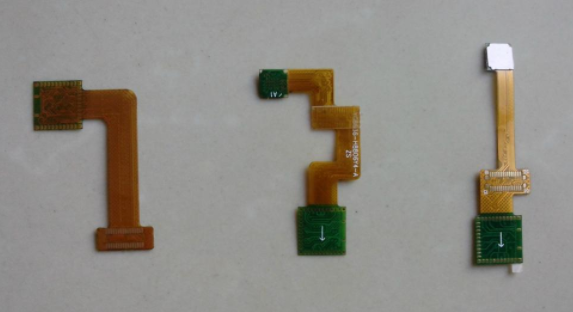PCB technology talk about the advantages and disadvantages of soft and hard composite boards
Disadvantages of soft and hard composite board
After the supplier’s introduction, it is generally understood that if the "flexible and rigid composite board" is simply compared with the "flexible board+ circuit board + connector", the biggest disadvantage is that the "flexible and rigid composite board" is more expensive. It is possible that the price of the original "soft board + hard board" will be nearly doubled, but if the price of the connector or the cost of HotBar is deducted, the price may tend to be the same, and the detailed cost may have to be Only after actuarial calculations will have a clearer outline. Another disadvantage is that SMT parts and furnaces may need to use a carrier to support the part of the soft board, which virtually increases the assembly cost of SMT.
Advantages of flexible and hard composite board
In addition to the price, the use of Rigid-flex Board has many advantages, as listed below:
1. It can effectively save the space on the circuit board and eliminate the use of connectors or HotBar processes
Because the soft and hard boards have been combined, the space that originally needed to use the connector or HotBar process can be saved. For some boards with high-density requirements, losing a connector space is like picking up It's like a piece of treasure.
In this way, it also saves the cost of parts using the connector or the cost of the HotBar process. In addition, the space between the two boards can be made tighter by eliminating the need for connectors.

2. The signal transmission distance is shortened and the speed is increased, which can effectively improve the reliability
The traditional signal transmission through the connector is "circuit board-connector-soft board-connector-circuit board", while the signal transmission of the flexible and hard composite board is reduced to "circuit board-soft board-circuit board", signal transmission The distance between different media is shortened, and the problem of signal transmission attenuation between different media is also reduced. Generally, the circuit on the circuit board is made of copper, while the contact terminal of the connector is gold-plated, and the solder pin is fully tin-plated. Moreover, solder paste is required to be soldered on the circuit board, and the signal transmission between different media will inevitably be attenuated. If you switch to a flexible and hard composite board, these media will become less and the signal transmission ability can be relatively improved., For some products that require higher signal accuracy, it helps to improve their reliability.
3. Simplify product assembly and save assembly man-hours
The use of flexible and hard composite boards can reduce the man-hours for SMT parts, because the number of connectors is reduced. It also reduces the man-hours for assembling the whole machine, because it saves the assembly action of inserting the soft board into the connector, or saves the HotBar manufacturing process. It also reduces the cost of parts management and inventory, because the BOM is reduced, so the management becomes less.